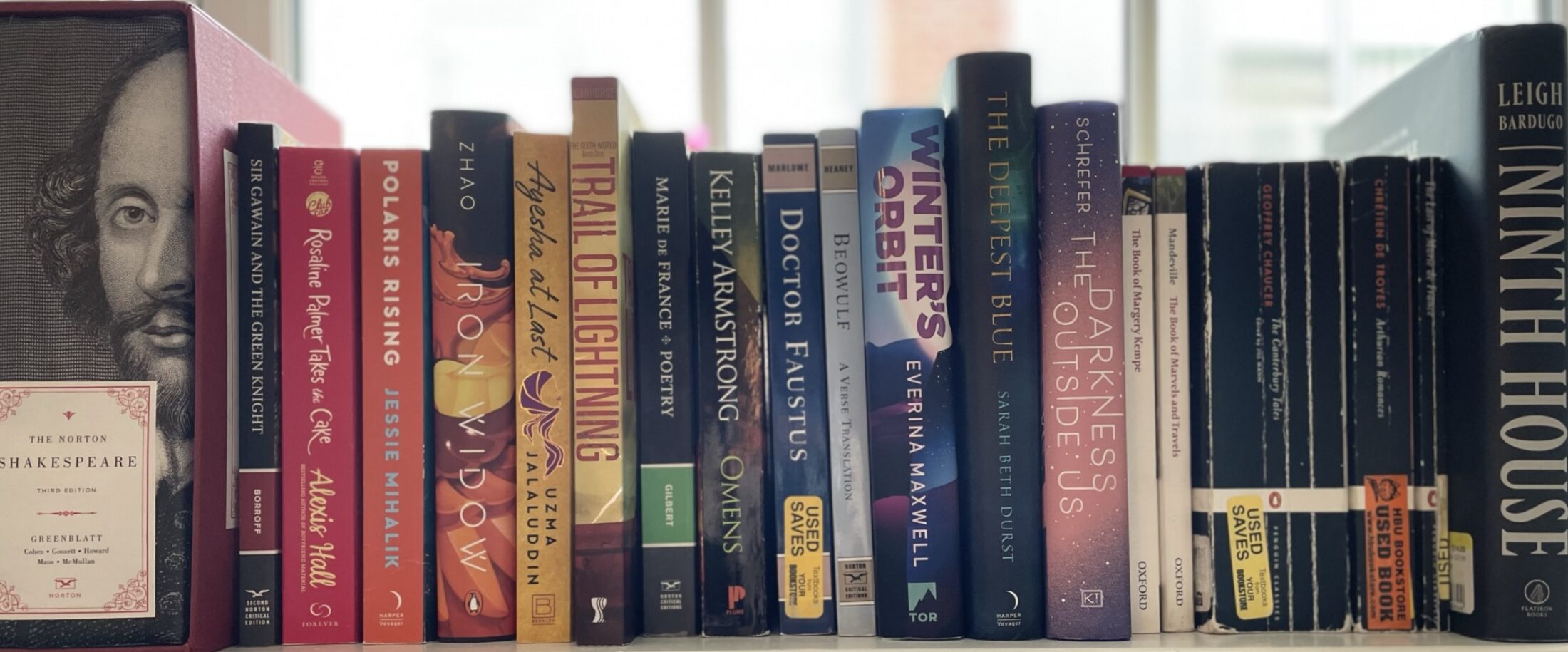I started with the goal to look at different critical editions of William Shakespeare’s Othello we have in special collections to research the ways the paratext in the order of appearance, introductory prefaces, illustrations, or footnotes contextualize women in the play. I had an initial meeting with special collections to receive help signing up for an Aeon account to reserve books for an appointment in the special collections reading room. I reserved books that contained Othello with the goal to have at least one book from the 1700s, 1800s, and 1900s from the collection. I went to two four-hour reservations to initially catalog every appearance of paratext that contextualizes or introduces Desdemona, Emelia, and Bianca. For each book, I took notes on my laptop and took photographs of the quotes to confirm. I recorded images that contained female characters, order of appearances, each time a female character receives a footnote, as well as additional contextual material like critical opinions, illustrative comments, glossaries, and indexes. After I completed my initial notes document, I noticed two interesting trends, the contextualization of Bianca as a courtesan or mistress as well as the differences in Desdemona’s death scene. When I decided to look at Desdemona’s death scene, I went through and created a second note document that recorded each version of the scene in each edition of the text so I could identify if I was missing any information. I went back to special collections for a final two-hour follow-up reservation where I saw additional texts and confirmed the information most relevant to my topic in the section of the play where Othello kills Desdemona. I also found more recent editions of Othello in circulation and found additional digital editions of the play to help build my sample. I converted the information into a spreadsheet to help see trends across the different editions and organize my thoughts.
I then went to find secondary sources to contextualize what I was seeing in the footnotes. Originally, I looked at books that examined women in Othello. Although I did not end up using these texts, I checked out Susan Frye’s Pens and needles: women’s textualities in early modern England, James W. Stone’s Crossing gender in Shakespeare: feminist psychoanalysis and the difference within, Juliet Dusinberre’s Shakespeare and the nature of women, Marianne Novy’s Shakespeare and feminist theory, Agnes Mure Mackenzie’s, The women in Shakespeare’s plays; a critical study from the dramatic and the psychological points of view and in relation to the development of Shakespeare’s art, and Anna Jameson’s Shakespeare’s Heroines. I realized the most useful critical essays were in articles that specifically looked at Desdemona’s death scene. I first went to class materials and pulled out Ian Smith’s “We Are Othello: Speaking of Race in Early Modern Studies” and Lena Cowen Orlin’s “Othello, Theatre Boundaries, and Audience Cognition.” I ended up not using Ian Smith’s “We Are Othello: Speaking of Race in Early Modern Studies ”because the article highlights existing criticism surrounding early modern race studies and does not discuss Desdemona’s death. I then searched the terms Desdemona, Death, Murder, Stabbed, Stab, Stabbing, Strangle*, Suffocat*, Theater history, Theatre history, Performance history, and Performance in the MLA International Bibliography, ABELL (Annual Bibliography of English Language and Literature), and HoyaSearch. I read a few articles I did not end up needing because they did not target the scene in Act 5 scene 2. For example, I found “Desdemona’s Last Moments by Thomas D. Bowan, however, the article discusses staging Desdemona as aware or unaware of her death before Act 5 Scene 2 and does not discuss her death. I also read “Othello’s Doubt/Desdemona’s Death: Engendering of Scepticism” by Naomi Scheman which used a Cartesian and gender theorist lens to look at disorder in Othello but did not explicitly discuss Desdemona’s death. For similar reasons, I also did not end up using the articles “An Innocent Victim” by Robert Dickes, “’Proper’ Men and ‘Fallen’ Women: The Unprotectedness of Wives in Othello” by Ruth Vanita, and “Killing Desdemona: Staging Sexual Violence in Othello Graphic Novels” J. Caitlin Finlayson. I ended up finding texts that examined theater history and Desdemona’s death scene to use in my final paper. I found James R. Siemon’s “‘Nay, That’s Not next’: Othello, V.Ii in Performance, 1760 1900”, Martin Reynolds’ “Performing Death and Desire in Othello”, Robert B. Heilman’s “Othello: Action and Language” and Robert C. Evans’ “Killing Desdemona: Possible Feminist Responses to the Death Scene in Shakespeare’s Othello”. After discussing my paper with you, I also researched Victorian melodrama more and added Michael Gilmour’s article “Victorian Melodrama” to my discussion.
Some of my additional contextualizing sources came from my footnote research that indicated changes in Desdemona’s death scene came from a production history of the play. I went into the library resources and used HoyaSearch to find articles released during my period of study that specifically looked at Desdemona’s death in productions or editions of Othello. I was specifically looking for instances where Desdemona was stabbed in the production to support the information I found in my footnotes and secondary sources. Some of the articles I looked at did not contain mention of Desdemona’s death, but I found ““Othello” In Paris” Published in 1880, “Country Theatricals” published in 1861, “English Players In Paris” published in 1822, “Shakspeare, and His Latest Stage Interpreters” Published in 1861 and “The Week”published in 1881 that all discussed the topic.
In the end, I had a collection of primary and secondary sources that allowed me to fully explore my topic in my paper “Stabbed, Straggled, and Suffocated: The Troubling Death of Desdemona.”
